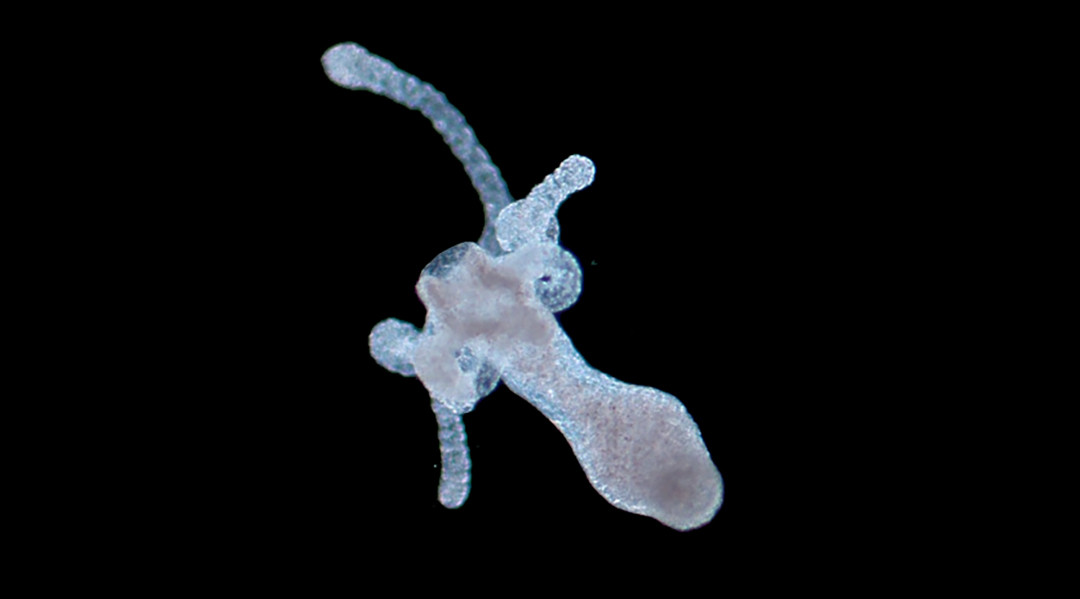Two individual comb jellies can fuse into a single organism, providing an incredible feat of regeneration rarely seen in the animal world.


Two individual comb jellies can fuse into a single organism, providing an incredible feat of regeneration rarely seen in the animal world.

Gold nanoparticles and near-infrared light speed up regeneration and reproduction in hydras, providing insights for regenerative medicine.

Enzymes embedded into a plastic strip enable the rapid, naked eye-detection of incompletely healed tissue following abdominal surgery.

Scientists are using carbon filaments from mushrooms in supercapacitors, paving the way for a sustainable energy future.

A superior surgical sealant mimics the structural and mechanical properties of lung tissue to repair air leaks after surgery.

Microscopic robots made out of a patient’s own cells may be able to work inside the body to repair damage, scope out signs of disease, or fight off infections.

Squash plants send chemical warnings underground, empowering neighbors to resist insect attacks, providing insights into natural pest management.

Click chemistry spins bacterial-produced spider silk into a biomedical marvel, promising innovations in fiber optics, wound healing, and tissue regeneration.

Discover how living materials are revolutionizing sustainable engineering, offering self-healing and responsive solutions for a greener future.

An acid sensitive hydrogel makes it possible to detect dangerous leaks before they cause damage.